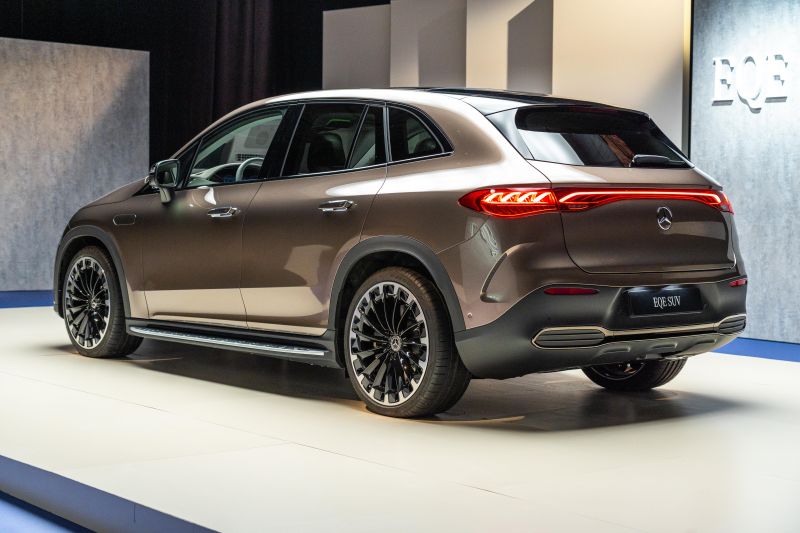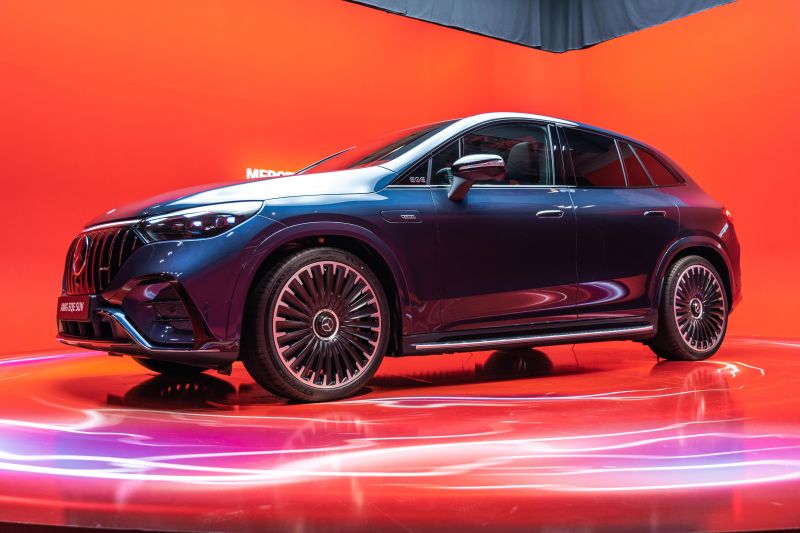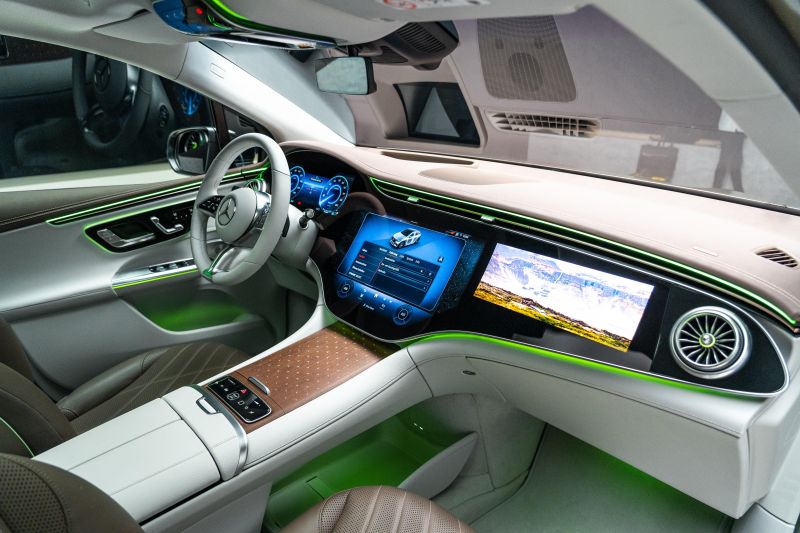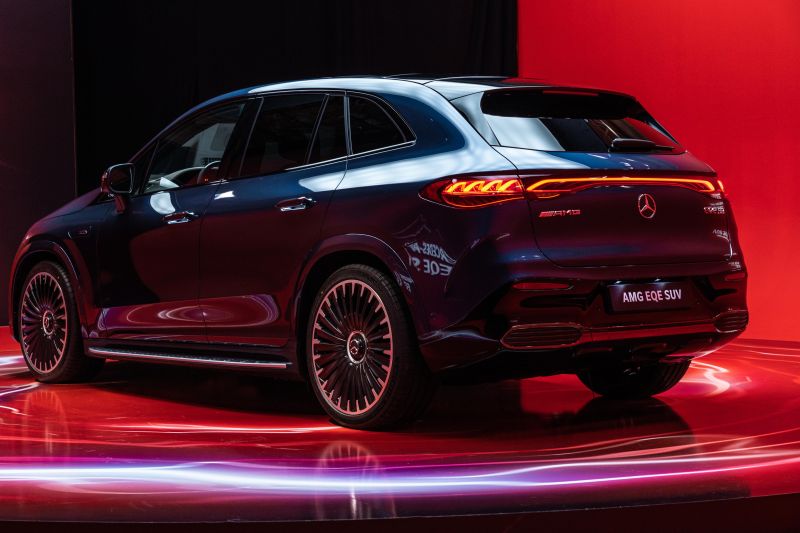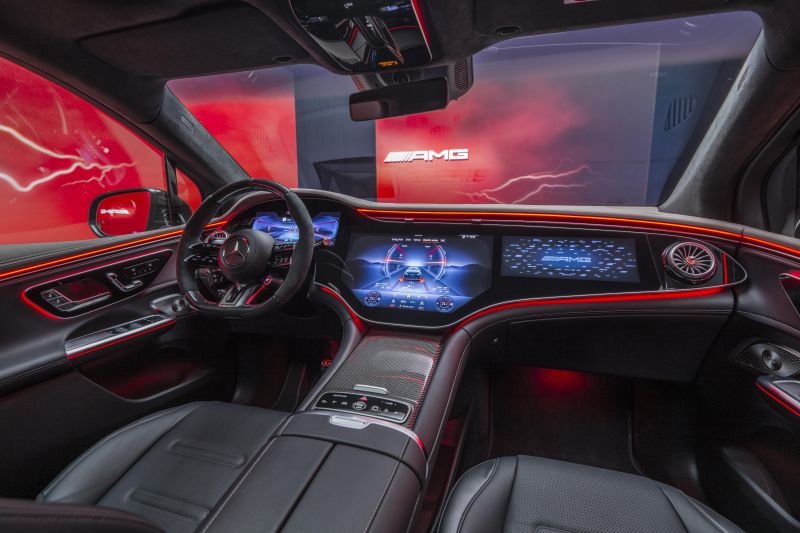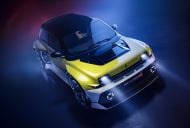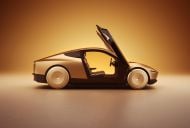Mercedes-Benz Australia has confirmed it will launch the EQE SUV during what’s proving to be a very busy 2023 for the brand.
Both it and the EQS SUV will join their passenger car EQE and EQS counterparts in local showrooms in the third quarter of 2023. All four vehicles use the brand’s dedicated Electric Vehicle Architecture (EVA).
Before then, Mercedes-Benz model launches include the new GLC and refreshed A-Class (both in June), and new SL (July), while other third-quarter launches for the brand comprise the facelifted CLA, GLA and GLE.
The brand will round out the year with fourth-quarter launches for the refreshed GLB and GLS, plus the new GLC Coupe.
The new-generation E-Class won’t arrive until 2024.
In addition to these new and updated model ranges, new variants are coming like the AMG C63 S E Performance (third quarter) and EQS 450 (July).
Mercedes-Benz Australia says it expects the EQE SUV to generate the highest interest of all EQ models.
CarExpert understands this could translate to stronger sales figures than not only the EQE sedan, but also the wider EQ range.
In terms of dimensions, the EQE SUV is actually shorter than the EQE sedan, measuring 4863mm in length (compared to 4946mm in the EQE sedan), 1940mm in width and 1686mm in height.
The wheelbase is also slightly shorter than the sedan, coming in at 3030mm compared to 3120mm in the sedan.
In terms of overall length, it slots in between the 4716mm-long GLC and 4924mm-long GLE.
Local pricing and specifications have yet to be announced for the EQE SUV, which will come out of Mercedes-Benz’s US factory in Alabama.
The vehicle will be offered with five variants in total, all using a 90.6kWh battery pack and a 400V electrical system.
The EQE 350+ SUV uses a single motor on the rear axle producing 215kW of power and 565Nm of torque, offering between 480km-590km of range on the WLTP cycle and a best energy consumption of 17.7kWh/100km.
Stepping up to the EQE 350 4Matic SUV offers a dual-motor AWD arrangement with a combined 215kW and 765Nm. Best energy consumption is 18.5kWh/100km, with range of between 459km and 558km.
Finally, the most powerful non-AMG variant is the EQE 500 4Matic SUV, which produces a combined 300kW and 858Nm, offering a driving range of 460-547km on the WLTP cycle and a best energy consumption of 19.0kWh/100km.
The dual-motor Mercedes-AMG 43 4Matic SUV has 350kW and 858Nm, with 431-488km of range.
The range-topping AMG EQE 53 4Matic+ SUV has 460kW and 950Nm, with 375-470km of range.
Opting for the AMG Dynamic Plus package increases those outputs to 505kW and 1000Nm during race start, which is effectively a 10 per cent overboost feature.
Charging in the EQE SUV comes in the form of up to 22kW on an optional three-phase AC charger, or up to 170kW using an ultra fast DC charger.
Four-link independent suspension at the front and multi-link rear suspension is standard, although non-AMG models can be optioned with air suspension with adaptive damping that’s capable of raising suspension by 30mm in the off-road setting.
Adaptive air suspension is standard on AMG models, which can also be specified with carbon ceramic brakes.
Rear-axle steering is also available on the EQE SUV, allowing up to 10 degrees of rotation (nine degrees on AMG models due to wider tyres) to increase dynamic handling and also reduce the turning circle from 12.3m to 10.5m.
While it doesn’t quite hit the record-breaking coefficient of drag seen on the EQS sedan, the EQE SUV offers up a slick .25 CoD, making it one of the most aerodynamically efficient vehicles on the market.





